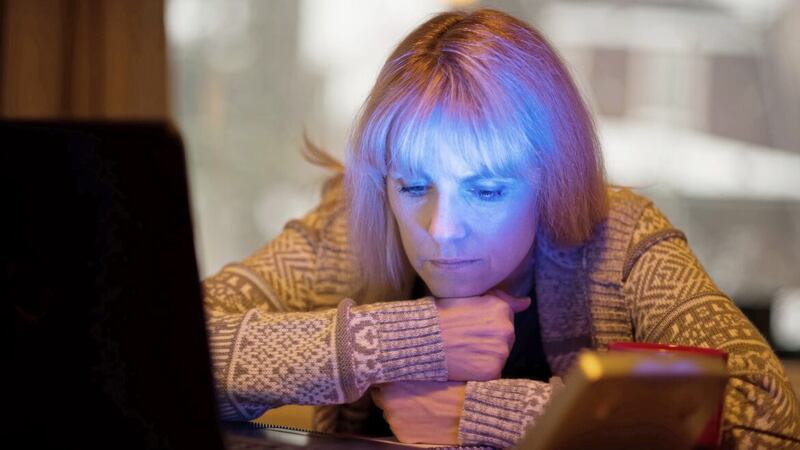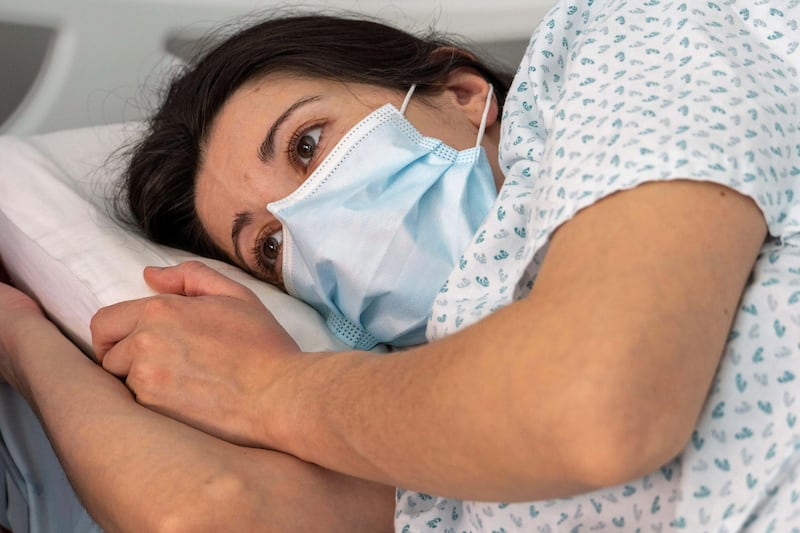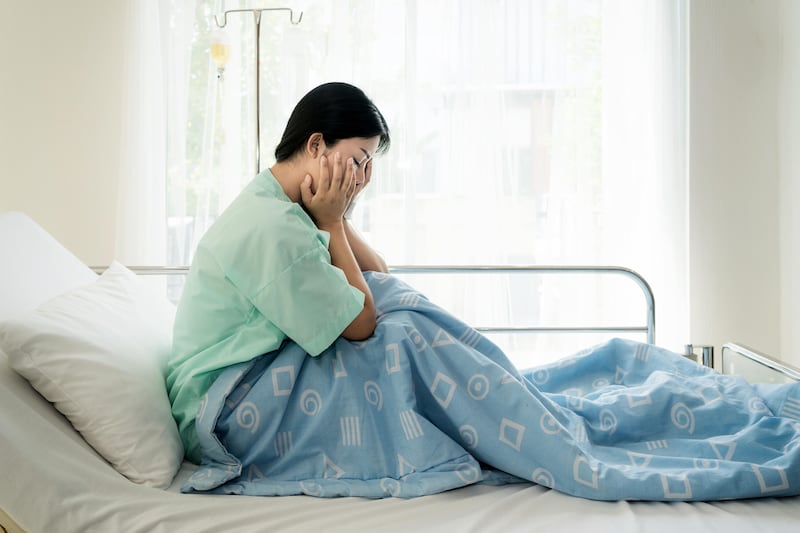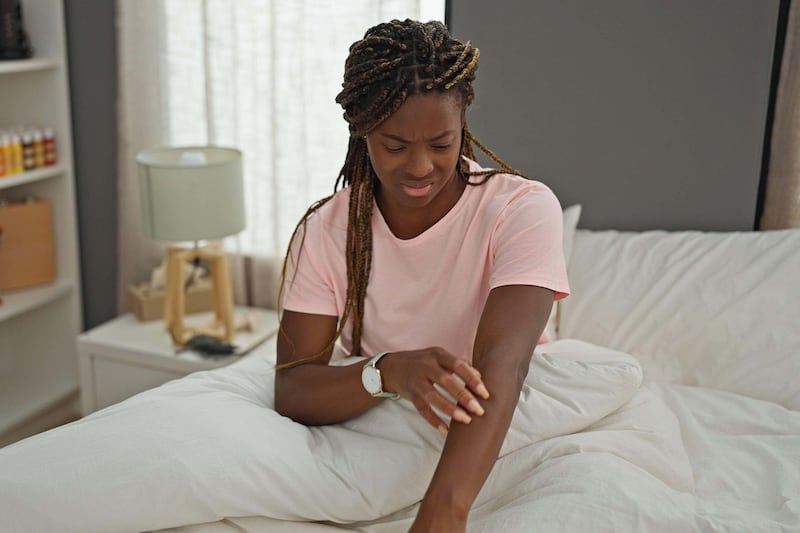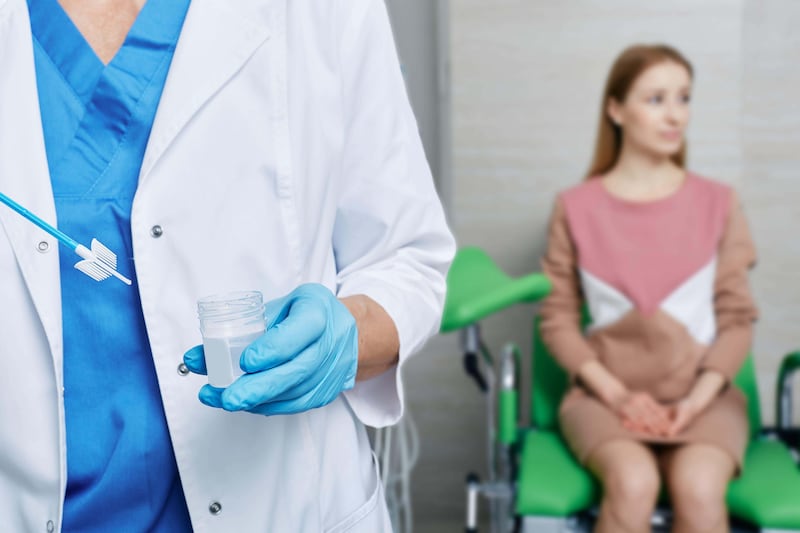Q: WHY DOES autumn make me gloomy? I wish we could skip straight to winter.
SM
A: IT SOUNDS like you might have a form of seasonal affective disorder (SAD). Most people with SAD find their mood is affected in the winter, but it can also occur in autumn, spring or summer.
The exact cause is not known but it is thought to be related to the disturbance of the circadian rhythm, the internal body clock that regulates our sleep/wake cycle, as well as changes in the retina, the light-sensitive cells at the back of the eye.
These cells relay messages to regions of the brain involved in mood regulation, producing so?called happiness hormones such as serotonin.
One theory is that the retina of people with SAD isn't as sensitive to light, leading to a shortfall of these hormones.
It could also be related to levels of melatonin, the hormone that's released in response to daylight.
While we don't understand the exact link, we know people with SAD tend to have higher levels of melatonin, which may make them feel sleepy and unmotivated.
Whenever they strike, the symptoms of SAD are broadly similar and may include low mood and sleep disturbances.
The good news is that there are a number of treatments that might help.
Light therapy boxes generate artificial 'natural' levels of light (they are available on the High Street and cost around £90; you need a device that produces 10,000 lux) - sit in front of it for 30 to 60 minutes each morning.
I'd suggest to start using this now, as we leave summer and continue to use the box throughout the autumn months.
The aim is to improve SAD by reducing melatonin production and increasing serotonin.
Good bedtime habits can also make a difference - for example, going to bed and getting up at the same time every day, as this helps regulate melatonin production.
Finally, dawn simulation might help. This form of light therapy uses a less intense light than a light box. It is programmed to switch on at a low level during the final hours of sleep and then increase over 60 to 90 minutes.
Devices marketed as wake-up lights cost around £30. Using this in addition to a light box might be more effective than either alone.
Where these fail, antidepressants and cognitive behavioural therapy (CBT), a talking therapy that seeks to help change the way you think, may be of use.
I would advise self-help as the best first step. However, talk to your doctor as they can help you decide what to try first.
Q: I AM 78 and suffer with atrial fibrillation, where my heart rhythm temporarily goes haywire. When this happens, I also have an uncontrollable need to urinate every few minutes. It can be inconvenient and embarrassing. Can you help?
NA
A: THIS IS a rare but recognised consequence of the changes that occur in the heart muscle in patients with atrial fibrillation - the most common form of abnormal heart rhythm.
In a healthy heart, the two upper chambers beat regularly and in a coordinated way. But in those with atrial fibrillation the muscle of the atrial wall occasionally quivers and so the two chambers beat in an uncoordinated way.
Causes include heart disease, high blood pressure and an overactive thyroid gland.
So what triggers the urge to urinate? Some studies blame high levels of a hormone called brain natriuretic peptide (BNP), which is secreted by muscle cells in the heart when it's not pumping as much blood as normal.
This hormone sends the kidneys into overdrive, encouraging them to filter more fluid than usual. This in turn has the effect of rapidly filling the bladder and hence the need to urinate frequently.
There's no easy solution. I would suggest another chat with your cardiologist to explore the possibilities.
© Solo dmg media
